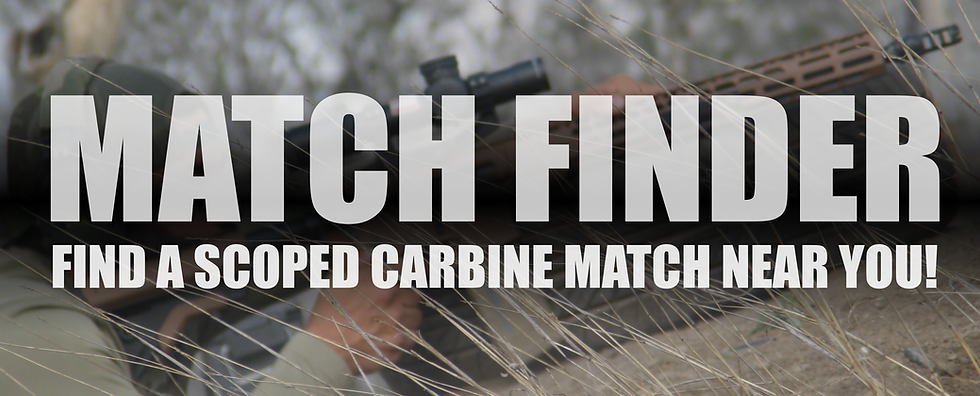Angular Shooting: Understanding Gravity’s Effect on your Shot
- Sun and Shadow
- Nov 1, 2023
- 2 min read

Shooters may notice a change in bullet impact when shooting at large up or down angles. At high angles, bullets will impact above the point of aim. This change in impact is due to gravity's effect on the ballistic arc.
Gravity acts on the bullet as it moves across a horizontal distance, creating the ballistic arc. The longer the horizontal distance, the more time gravity (and drag) has to affect the bullet. Thus, your elevation hold increases for further shots.

As the shooting angle changes, the distance to target becomes longer than the horizontal distance. Gravity now has less effect on the ballistic arc. Theoretically, if a bullet is fired straight down at 90°, no holdover would be required, even if the target were 1000 yards down.

Understanding gravity's effect on bullet path allows us to adjust our data for accuracy at high angle. Rather than using your data for distance to target, which will impact high, instead use the hold for the horizontal distance.

In the example below, the distance to target is 400 yards, but we would use our data for the horizontal component distance of 346 yards for the elevation hold. For 5.56mm shooters, this example is an elevation hold difference of about 0.5 MIL, which is more than enough to cause a miss if the angle is not accounted for.

The following methods can be used to find the horizontal component distance if it is not known:
Pythagorean Theorem
Cosine Multiplication
Laser Rangefinder Angle Compensation



Final Notes
Use the horizontal distance to target instead of the actual distance. As we see in the cosine multiplication chart, low angles or short distances will have little effect on the bullet's impact.
When shooting at longer distances, note that we'll use the hold for the shorter horizontal component distance, but we need to use the wind hold for the longer actual distance. Use the shorter elevation hold but the longer wind call.
Shooters often over-estimate shooting angle. The angle is usually not as steep as you may think!use tools like a cosine indicator or LRF with angle compensation.
When shooting at high angle, the shooter should understand how to correct the aimpoint for a precision shot.
Do you commonly use these skills at high angles? Let us know in the comments!




Comments